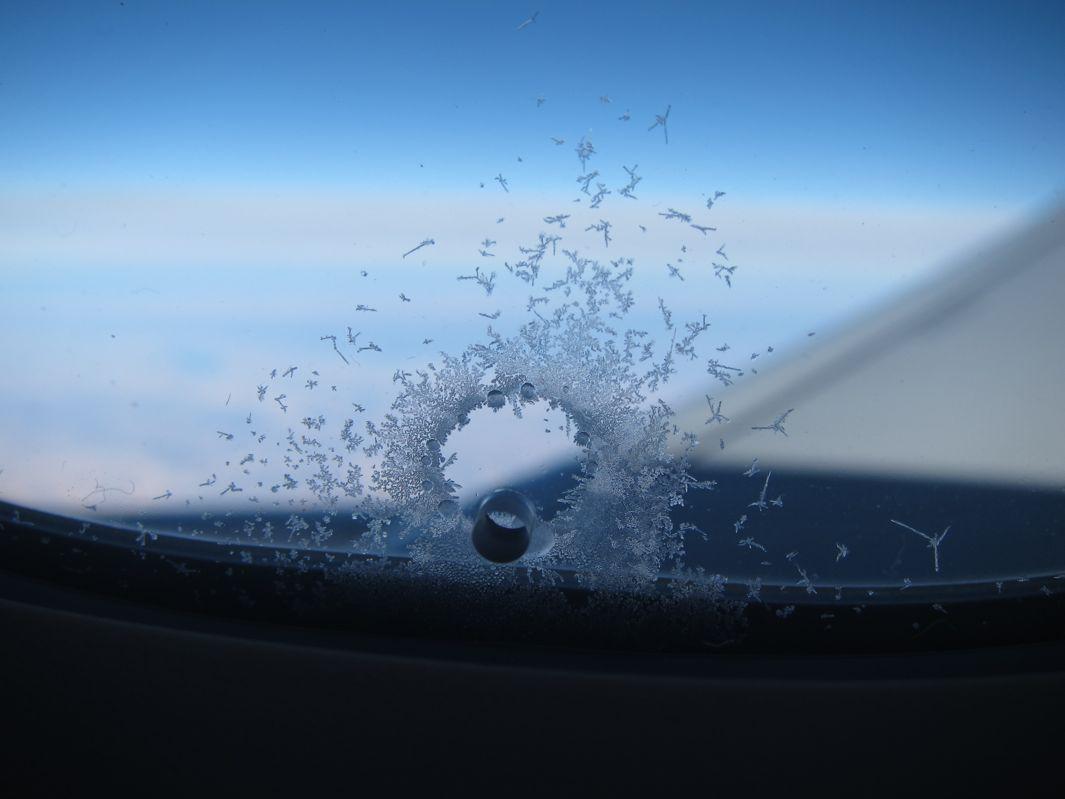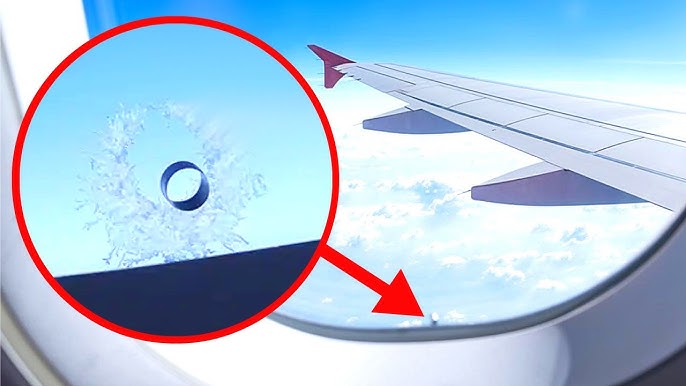Ever Noticed the Tiny Hole in Plane Windows?
You’ve probably looked out the window during a flight—clouds drifting by, the wing slicing through the sky—and suddenly spotted something odd:
a tiny hole in the bottom of the window pane.
No, it’s not damage.
No, it’s not a mistake.
And yes, it’s absolutely supposed to be there.
Let’s uncover the mystery behind that little hole and why it plays a huge role in keeping every passenger safe at 35,000 feet.
First: The Window Isn’t Just One Layer
Airplane windows aren’t made of one single pane—they’re made of three layers:
| Layer | Purpose |
|---|---|
| Inner Pane | The part you can touch (mostly cosmetic). |
| Middle Pane | This one contains the breather hole. |
| Outer Pane | The real pressure barrier that keeps you safe. |
That tiny hole is called a “bleed hole” or “breather hole”, and it’s found in the middle pane of almost every modern commercial aircraft window.
So… What Does That Hole Actually Do?
Here’s where it gets really interesting.
| Function | Why It Matters |
|---|---|
| ✅ Balances Air Pressure | It allows the air pressure between the cabin and the outer pane to equalize slowly. Without it, the middle pane would take pressure it wasn’t designed to handle. |
| ✅ Prevents Window Fogging | It releases trapped moisture, keeping your window clear so you can enjoy the view. |
| ✅ Protects the Inner Pane | It ensures that the strongest pressure rests on the outer pane, not the decorative inner one. |
What Happens If the Hole Wasn’t There?
If the breather hole didn’t exist, the inner or middle pane could be exposed to full cabin pressure, increasing the risk of a crack or failure.
But thanks to this tiny engineering feature, the outer pane carries the load, and the other layers act as backups or insulators.
In short:
💡 That tiny hole helps prevent big problems.
A Little Hole With a Life-Saving Role

It may seem insignificant, but it’s one of the many invisible systems in aviation that quietly keep us safe every time we fly.
So the next time you’re cruising above the clouds, give that little hole a second look — it’s one of the unsung heroes of modern flight.
Final Thought: Details Matter in the Sky
From oxygen levels to structural integrity, nothing on an airplane is random—not even a pinhole in a plastic window.
It’s a reminder of just how much engineering genius goes into keeping air travel one of the safest ways to move across the planet.



